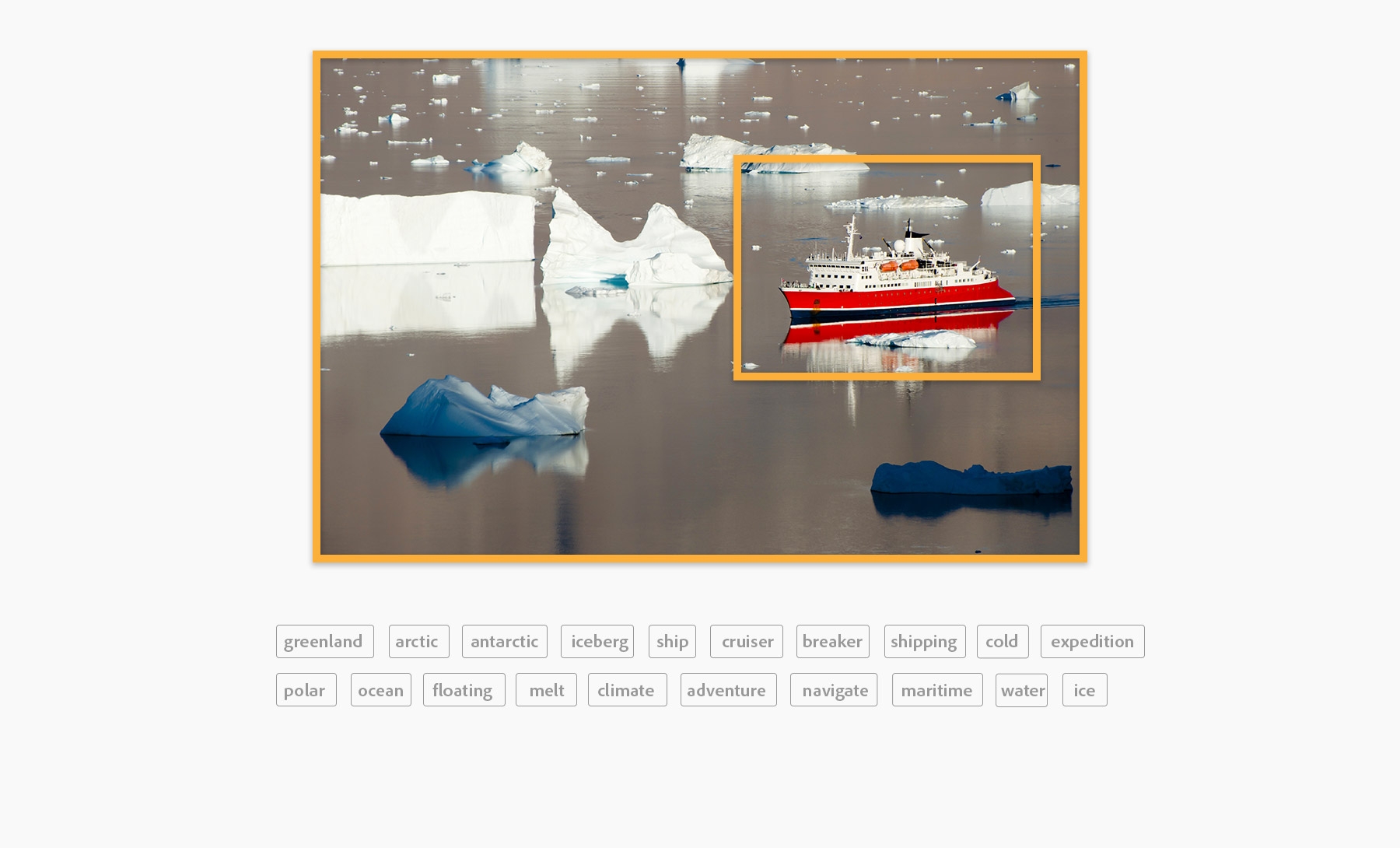Ever wondered how some images just seem to get more downloads on Shutterstock? The secret often lies in the keywords you add. Keywords are the bridge that connects your images with potential buyers searching for specific content. Think of them as the labels or tags that tell Shutterstock what your image is about, making it easier for people to find. Properly optimized keywords can significantly boost your image’s visibility, leading to more downloads and, ultimately, more earnings. So, mastering the art of keywording isn’t just a good idea — it’s essential for standing out in the crowded stock photo marketplace.
Understanding Shutterstock’s Keyword Submission Process
Getting your keywords right is a crucial step, but understanding how Shutterstock handles keyword submissions can make the process smoother and more effective. When you upload an image, Shutterstock provides a dedicated section where you can add relevant keywords. You’ll notice that they recommend using descriptive, specific, and relevant terms — think about what someone might type in when looking for an image like yours. You can add up to 50 keywords per image, but quality beats quantity. Use a mix of broad and niche terms to reach a wider audience.
Shutterstock’s system also supports keyword suggestions based on your initial inputs, which can help you discover new relevant tags. It’s a good idea to review these suggestions and select the most fitting ones. Remember, keywords should accurately describe the content, mood, setting, and even the concepts behind your image. Avoid stuffing irrelevant keywords just to get more views — this can hurt your credibility and ranking.
Additionally, Shutterstock’s algorithms favor well-optimized keywords that match search intent. So, spend some time researching popular keywords in your image’s category. Use tools like Google Keyword Planner or even browse Shutterstock’s trending images to see what keywords are performing well. By understanding their process and applying strategic keywords, you’ll increase your chances of your images being discovered and downloaded by the right audience.
Best Practices for Adding Effective Keywords to Your Images
When it comes to getting your Shutterstock images noticed and downloaded, adding the right keywords is absolutely essential. Think of keywords as the labels that tell viewers what your image is about—so the more accurate and relevant they are, the better your chances of making a sale. Here are some best practices to keep in mind:
Be Specific and Relevant
Generic keywords like “nature” or “happy” might seem helpful, but they’re also highly competitive. Instead, aim for specific terms that accurately describe your image. For example, instead of just “dog,” use “Golden Retriever puppy playing in park.” This way, your image appears in more targeted searches, increasing the likelihood of downloads.
Use a Mix of Broad and Niche Keywords
While specific keywords are great for targeting niche audiences, don’t forget to include some broader terms that have higher search volume. Combining both helps your images reach a wider audience. For instance, if you upload a photo of a vegan meal, include keywords like “vegan,” “plant-based,” and “healthy food.”
Think Like Your Audience
Put yourself in the shoes of someone searching for images. What words would they type? Use common search terms, synonyms, and related phrases. This not only broadens your reach but also improves the chances of your image appearing in relevant results.
Avoid Keyword Stuffing
While it’s tempting to pack in as many keywords as possible, overdoing it can harm your image’s visibility. Shutterstock’s algorithms prioritize quality and relevance over keyword quantity. Focus on choosing the most pertinent keywords and avoid using unrelated or spammy tags.
Keep Keywords Accurate and Honest
Never add misleading keywords just to attract clicks. If an image doesn’t genuinely fit the keywords you assign, it may lead to poor customer experience, and Shutterstock could even remove your image. Authenticity is key to building trust and maintaining a good reputation.
Update and Optimize Over Time
Trends change, and so do popular search terms. Regularly review your keywords and refine them based on how your images are performing. If certain keywords aren’t bringing in downloads, consider swapping them out for more relevant or trending terms.
Tools and Techniques for Keyword Research and Optimization
Finding the right keywords can feel overwhelming, but luckily, there are plenty of tools and techniques to make the process easier and more effective. Here’s a rundown of some helpful resources and methods:
Keyword Research Tools
- Google Keyword Planner: A free tool that shows search volume and competition for various keywords. Great for discovering popular terms related to your images.
- Ubersuggest: Offers keyword suggestions, search volume, and SEO difficulty scores. Useful for brainstorming relevant tags.
- Ahrefs or SEMrush: Paid tools that provide in-depth keyword analysis, competitor insights, and trending topics.
- Shutterstock’s Search Bar: Use the search bar itself! Type in a keyword, and see what auto-suggestions appear. These are often popular search terms.
Techniques for Effective Optimization
Beyond using tools, consider these techniques:
- Analyze Top Performers: Look at images similar to yours that are already popular. Check their keywords for ideas on what works well.
- Use Variations and Synonyms: Don’t rely on one term. Include synonyms and related phrases to broaden your reach.
- Leverage Trends and Seasons: Incorporate trending topics or seasonal keywords to capitalize on current interests, like “summer vacation” or “back to school.”
- Test and Refine: After uploading, monitor how your images perform with different keywords. Adjust your tags based on what brings in more views or downloads.
Organizing Your Keywords
To keep your keyword strategy efficient, consider creating a spreadsheet where you can track:
| Image Description | Primary Keywords | Secondary Keywords | Performance Notes |
|---|---|---|---|
| Sunset over mountains | sunset, mountains, landscape | evening, nature, scenic | High downloads in summer |
This way, you can see what works and make smarter decisions for future uploads.
Remember, keyword research and optimization are ongoing processes. Keep learning, experimenting, and refining your approach. With patience and strategic effort, your Shutterstock images will reach more viewers—and that means more downloads and sales!
Common Mistakes to Avoid When Tagging Shutterstock Images
When it comes to tagging your Shutterstock images, it’s easy to fall into some common traps that can hinder your chances of getting more downloads. Let’s talk about what to steer clear of so your images get the visibility they deserve.
First up, avoid overly generic tags. Tags like “photo,” “image,” or “picture” are too broad and don’t help your image stand out in search results. Instead, be specific. Think about what makes your image unique—colors, objects, mood, or setting—and use those details as tags.
Next, don’t stuff your image with irrelevant tags. It might be tempting to add every possible keyword, but this can confuse the algorithm and reduce your image’s relevance. Focus on accurate, descriptive tags that truly match what’s in the photo.
Another mistake is using misspelled or inconsistent tags. Typos can prevent your image from appearing in searches. Double-check your tags for accuracy, and keep your tagging style consistent across your portfolio to build recognition.
Also, avoid duplicating tags or using the same ones repeatedly. Diversity in your tags can help your image appear in different search contexts. Think about synonyms or related terms—this broadens your reach without being spammy.
Lastly, don’t forget to update your tags over time. Trends change, and so do popular search terms. Regularly reviewing and refining your tags can keep your images relevant and more likely to be discovered.
Summary of pitfalls to avoid:
- Using overly broad or generic tags
- Adding irrelevant or misleading tags
- Spelling mistakes and inconsistent tagging styles
- Overusing the same tags repeatedly
- Neglecting to update tags as trends evolve
By avoiding these common mistakes, you’re setting yourself up for better visibility and, hopefully, more downloads. Good tagging is an art, but with practice, it becomes second nature—and it’s worth the effort!
Tips for Increasing Image Visibility and Downloads
Want to give your Shutterstock images a little boost? Here are some practical tips to help increase their visibility and attract more downloads. Think of these as your go-to strategies for standing out in a crowded marketplace.
Start with high-quality, eye-catching images. No matter how well you tag, if your image isn’t crisp, well-composed, and relevant, it won’t get many clicks. Invest in good lighting, composition, and editing to make your images pop.
Use descriptive and targeted keywords. As we discussed earlier, accurate and specific tags are key. Incorporate relevant keywords that potential buyers might search for. Think about what your ideal customer would type into the search bar.
Research trending topics and popular themes. Keep an eye on current trends, seasonal events, or popular niches. Incorporate these themes into your images and tags to tap into what’s currently in demand.
Leverage your portfolio’s diversity. Upload a variety of images covering different subjects, styles, and color schemes. This broad approach increases your chances of appearing in various search results.
Here’s a quick tip table to help you optimize your images:
| Strategy | Why It Works |
|---|---|
| Consistent quality | Builds trust and attracts repeat buyers |
| Keyword research | Aligns your tags with what buyers are searching for |
| Seasonal and trending themes | Captures current demand |
| Regular uploads | Keeps your portfolio fresh and relevant |
Engage with the Shutterstock community. Comment on other images, join forums, and stay active. Sometimes, networking can lead to new opportunities or insights that boost your own visibility.
Finally, promote your images outside of Shutterstock. Share your portfolio on social media, your website, or relevant forums. The more exposure your work gets, the higher the chances of downloads.
Remember, increasing visibility and downloads isn’t an overnight game. Consistent effort, quality work, and smart keywords will set you up for success over time. Keep experimenting, stay updated with trends, and don’t be afraid to refresh your portfolio regularly!
Conclusion and Final Recommendations for Successful Image Tagging
Effective keyword tagging is essential for increasing the visibility and download potential of your Shutterstock images. By carefully selecting relevant, specific, and descriptive keywords, you ensure that your images appear in the right search results, attracting more viewers and potential buyers. Remember, the goal is to balance keyword richness with relevance—overloading tags can be counterproductive, while sparse tagging may limit exposure.
Here are some final tips to optimize your image tagging process:
- Use relevant keywords: Focus on terms that accurately describe your image content, including objects, themes, emotions, and locations.
- Research popular search terms: Use Shutterstock’s search bar suggestions or keyword research tools to identify trending and commonly searched keywords.
- Include synonyms and related terms: Broaden your reach by incorporating variations and related descriptors.
- Avoid spammy tags: Steer clear of irrelevant, overly broad, or repetitive keywords that can harm your image’s discoverability.
- Update tags regularly: Review and refine your keywords based on performance and emerging trends.
In conclusion, mastering the art of keyword tagging on Shutterstock can significantly boost your images’ visibility and download count. Prioritize relevance, research, and consistency to maximize your success in the competitive stock photo marketplace. With thoughtful tagging strategies, your images will have a better chance to stand out and reach the right audience.



